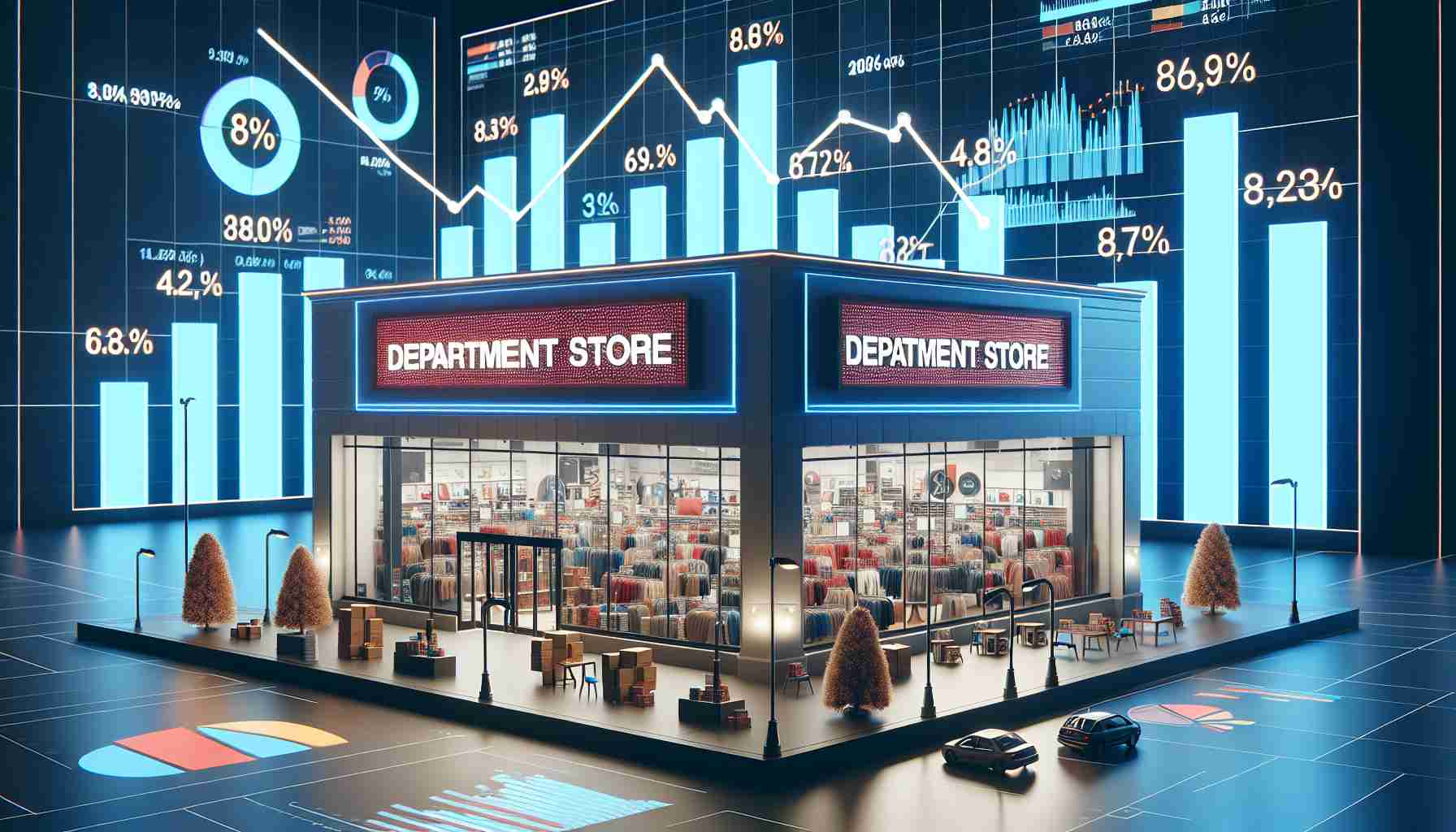In the realm of retail, Macy’s recent announcement of a downward revision in its full-year sales forecast signals a shifting landscape characterized by discerning shoppers and intensified promotional efforts. While the company managed to surpass earnings estimates, a disparity emerged as it fell short on revenue expectations.
Revising its projected net sales to range between $22.1 billion and $22.4 billion for the fiscal year, Macy’s acknowledged the need to adapt to the evolving preferences of consumers in a market characterized by uncertainty. The adjusted outlook reflects a strategic response to the cautious stance adopted by customers, which has translated into a varying degree of expenditure across Macy’s brands, including the upscale Bloomingdale’s chain.
Undoubtedly, Macy’s finds itself at a pivotal juncture, endeavoring to navigate the complexities of a consumer landscape where purchasing decisions exhibit a nuanced deliberation. The company’s pronounced efforts to recalibrate its operations include the closure of approximately 150 namesake stores by early 2027. Concurrently, Macy’s is fostering growth through the introduction of new locations featuring successful brands such as Bloomingdale’s and the thriving Bluemercury beauty segment.
Despite the challenges encountered in actualizing its revitalization endeavors, Macy’s remains resolute in its commitment to pursuing sustainable growth and enhancing operational efficacy. As the retail giant continues to chart a course through the turbulence of market dynamics, the forthcoming chapters of its narrative are poised for a transformational evolution.
New Developments on Macy’s Sales Forecast Cut:
As Macy’s grapples with a sales forecast cut amidst evolving consumer behavior, several key questions arise regarding the future trajectory of the retail giant:
1. What factors are influencing the evolving consumer preferences impacting Macy’s sales forecast?
– Changes in shopping habits due to the rise of e-commerce and digital platforms.
– Growing demand for sustainable and ethically sourced products.
– Impact of external factors such as economic conditions and global trends.
2. What are the key challenges Macy’s faces in adapting to the shifting consumer landscape?
– Balancing traditional brick-and-mortar stores with online retail channels.
– Navigating the demand for experiential shopping and personalized experiences.
– Addressing competition from fast fashion brands and direct-to-consumer models.
Advantages and Disadvantages:
Advantages:
– Opportunity to innovate and enhance customer engagement through omnichannel strategies.
– Potential for strategic collaborations and brand partnerships to attract diverse customer segments.
– Room for growth by tapping into emerging markets and expanding digital capabilities.
Disadvantages:
– Pressure to meet evolving consumer expectations while managing operational costs.
– Risks associated with rapid changes in consumer behavior and market trends.
– Potential need for significant investments in technology and marketing to stay competitive.
In navigating these challenges and opportunities, Macy’s aims to position itself as a resilient player in the ever-evolving retail landscape. Stay tuned for further updates on Macy’s strategies and initiatives to adapt to changing consumer dynamics.
For more insights on the retail industry and consumer behavior trends, visit the Retail Industry domain.



